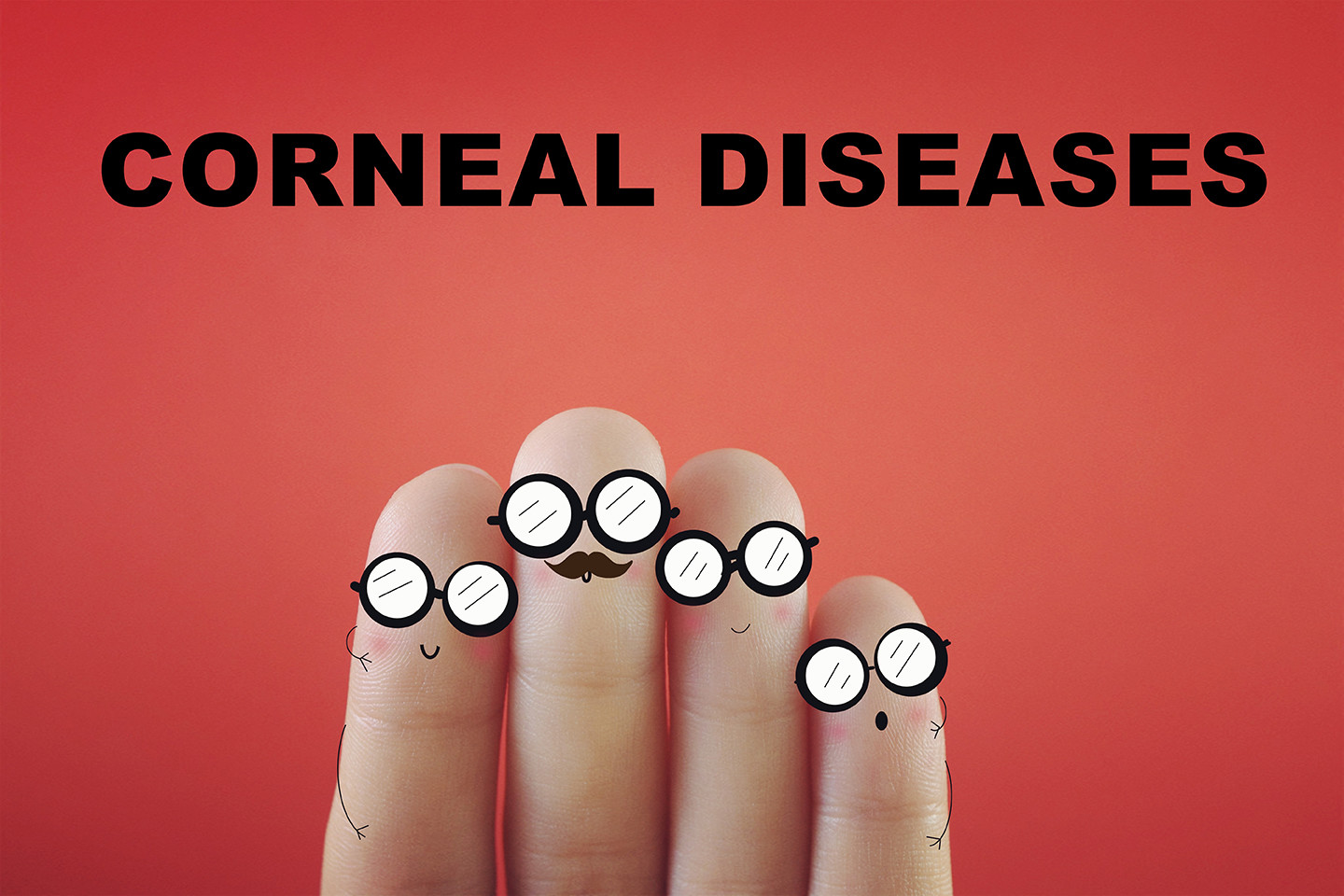Diabetic eye problems occur when a person does not have proper diabetes control. In most people, damage to vision and other internal changes that occur in the eyes do not come up in the form of symptoms until a significant amount of damage is done.
Diabetes and eyes – Diagnosis of Corneal diseases
In the case of diabetic eye problems related to the cornea, damage to the nerves due to uncontrolled diabetes causes eye diseases. Corneal diseases in diabetes include corneal edema, and diabetic keratopathy.
Diagnosis of corneal edema
Corneal edema is a condition that is characterized by accumulation of fluids in the cornea leading to swelling of the cornea. Though corneal edema can occur after an eye surgery, people with diabetes also get this condition. The presence of corneal edema is also considered as a diabetic retinopathy symptom and glaucoma.
In corneal edema, with the accumulation of fluids in the cornea, the transparency of the cornea reduces. This leads to reduced visual acuity and corneal damage. In some cases, chronic corneal edema may need corneal transplantation.
Diagnostic tests for corneal edema
Once a patient exhibits symptoms of hazy vision, certain diagnostic tests are advised by the ophthalmologist. These tests include:
- Corneal topography
- Confocal Microscopy
- Shirmer’s test
- Slit-lamp examination
- Tear break-up time test
- Fluorescein eye stain test
Diabetes and eyes – Diagnosis of Diabetic Keratopathy
Diabetic keratopathy is another diabetes complication that arises due to poor diabetes control and chronic high blood sugar levels. In diabetic keratopathy, the outer layers of the cornea are damaged. There is vision loss due to the erosion of the outer layers of the cornea. That is why it needs proper diagnosis and management.
Diagnostic tests to diagnose diabetic keratopathy
- Computerized corneal mapping
- Keratometry
- Slit-lamp examination
- Rose Bengal stain test











